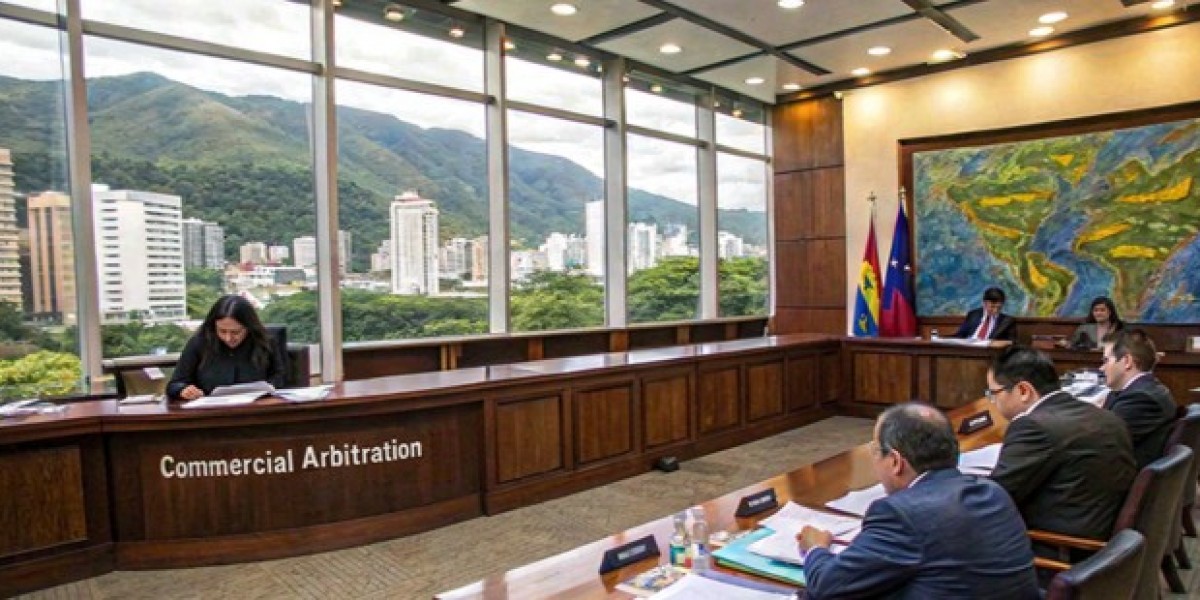Arbitration has become an increasingly popular mechanism for resolving commercial and investment disputes in Latin America. The region has made significant progress in adopting international arbitration standards, with most countries being signatories to the New York Convention (1958) and the ICSID Convention (1965). However, despite this progress, Latin American arbitration still faces key challenges that hinder its efficiency and effectiveness. These challenges include inconsistent judicial intervention, enforcement difficulties, lack of uniformity in national arbitration laws, and issues related to corruption and political influence.
This article explores the major Latin America arbitration challenges and provides practical solutions to improve the arbitration framework in the region.
1. Judicial Intervention and Lack of Independence
Challenge:
One of the biggest hurdles to arbitration in Latin America is the excessive judicial intervention in arbitral proceedings. Some national courts have a history of interfering in arbitration cases, either by refusing to enforce arbitral awards or by overturning them based on public policy exceptions. This is often due to a lack of trust in arbitration as a dispute resolution mechanism.
Solution:
To address this issue, Latin American countries must:
- Strengthen pro-arbitration laws that limit judicial intervention in arbitral proceedings.
- Train judges on international arbitration principles to ensure consistency in rulings.
- Adopt UNCITRAL Model Law provisions to align national laws with international best practices.
For instance, Brazil has successfully reduced judicial intervention by implementing a pro-arbitration legal framework under its Arbitration Act (1996, amended in 2015). This model could be adopted by other countries in the region.
2. Enforcement of Arbitral Awards
Challenge:
The enforcement of arbitral awards remains a major concern in Latin America. Some countries delay the enforcement process, while others use public policy arguments to justify non-compliance. Additionally, state-owned enterprises (SOEs) sometimes refuse to recognize arbitration rulings, leading to prolonged litigation in national courts.
Solution:
To improve enforcement mechanisms:
- Increase adherence to the New York Convention, ensuring courts comply with its provisions.
- Establish specialized arbitration courts to handle enforcement matters efficiently.
- Promote government policies that encourage SOEs to respect arbitration rulings.
An example of positive change is Colombia, where the judiciary has been increasingly supportive of arbitration. The Colombian Constitutional Court has ruled in favor of enforcing arbitral awards, reinforcing confidence in arbitration as a dispute resolution method.
3. Lack of Uniformity in Arbitration Laws
Challenge:
Latin America consists of multiple jurisdictions with different arbitration laws. While some countries, like Chile and Peru, have modern arbitration laws, others have outdated frameworks that create legal uncertainty. This lack of uniformity complicates cross-border arbitration cases and discourages foreign investors.
Solution:
To harmonize arbitration laws across the region, Latin American governments should:
- Adopt the UNCITRAL Model Law to create a standard arbitration framework.
- Encourage regional arbitration cooperation through treaties and agreements.
- Create regional arbitration centers that apply consistent legal standards.
The Pacific Alliance (Chile, Colombia, Mexico, and Peru) has taken steps toward harmonizing arbitration rules, serving as an example for other regional blocs.
4. Corruption and Political Influence
Challenge:
Corruption remains a significant concern in arbitration across Latin America. Some arbitral tribunals and national courts are perceived as susceptible to political and corporate influence. This undermines confidence in arbitration and raises concerns about fairness and impartiality.
Solution:
To combat corruption and political interference, Latin America must:
- Increase transparency in arbitral proceedings by publishing awards and key decisions.
- Implement strict ethical guidelines for arbitrators and arbitration institutions.
- Encourage independent oversight bodies to monitor arbitration-related corruption cases.
For example, Mexico has improved arbitration transparency by mandating the publication of awards involving state entities. This has enhanced trust in arbitration as a dispute resolution mechanism.
5. Limited Institutional Capacity
Challenge:
Despite the growth of arbitration in Latin America, many countries lack well-established arbitration institutions. This forces parties to rely on foreign arbitration centers, increasing costs and procedural complexities. Additionally, some national arbitration institutions lack the expertise and credibility needed to handle complex disputes.
Solution:
To strengthen local arbitration institutions:
- Invest in training and capacity-building programs for arbitrators and arbitration professionals.
- Enhance the reputation of regional arbitration centers by promoting best practices.
- Encourage partnerships between local and international arbitration institutions for knowledge-sharing.
Countries like Peru and Chile have developed strong arbitration institutions such as Lima Chamber of Commerce (CCL) and Santiago Arbitration and Mediation Center (CAM Santiago), which could serve as models for other nations.
6. High Costs and Accessibility Issues
Challenge:
Arbitration can be expensive, especially for small and medium-sized enterprises (SMEs). High arbitration fees, legal costs, and travel expenses make arbitration inaccessible for many businesses in Latin America.
Solution:
To reduce arbitration costs and improve accessibility:
- Promote online arbitration and virtual hearings to lower costs.
- Introduce lower-cost arbitration procedures for SMEs and local disputes.
- Offer financial assistance or subsidies for companies opting for arbitration.
The rise of virtual arbitration during the COVID-19 pandemic has shown that online arbitration can significantly reduce costs while maintaining efficiency.
7. Resistance to Third-Party Funding
Challenge:
Third-party funding (TPF) is still a relatively new concept in Latin America, and many jurisdictions lack clear regulations on its use. Some courts and arbitration institutions remain hesitant to allow external investors to finance arbitration claims, fearing potential conflicts of interest.
Solution:
To encourage responsible use of third-party funding:
- Develop clear legal frameworks for TPF in arbitration.
- Ensure transparency and disclosure requirements for funded cases.
- Educate stakeholders on the benefits of third-party funding in increasing access to arbitration.
Countries like Argentina and Brazil have started discussions on third-party funding regulations, signaling a shift towards greater acceptance of this practice.
8. Language and Cultural Barriers
Challenge:
Most arbitration proceedings in Latin America are conducted in Spanish or Portuguese, but international arbitration often requires English-language capabilities. This creates challenges for local businesses and arbitrators who may struggle with English-based proceedings.
Solution:
To overcome language and cultural barriers:
- Offer bilingual arbitration services to accommodate different language needs.
- Provide language training programs for arbitration professionals.
- Encourage the use of local arbitrators in international cases to bridge cultural gaps.
The International Chamber of Commerce (ICC) and LCIA have introduced multilingual arbitration services to address these concerns.
Conclusion: Strengthening Arbitration in Latin America
Despite the challenges, Latin America has made significant progress in developing a robust arbitration system. However, to enhance its effectiveness, governments, arbitration institutions, and legal professionals must work together to address key issues such as judicial intervention, enforcement difficulties, corruption, and institutional limitations.
By adopting international best practices, harmonizing arbitration laws, and promoting transparency, Latin America can strengthen its arbitration framework and attract more investors looking for a reliable dispute resolution mechanism.
Arbitration has the potential to become the preferred method of dispute resolution in Latin America, provided that these challenges are effectively addressed. As the region continues to modernize its arbitration laws and institutions, businesses and investors can expect a more predictable and efficient arbitration landscape in the years to come.








